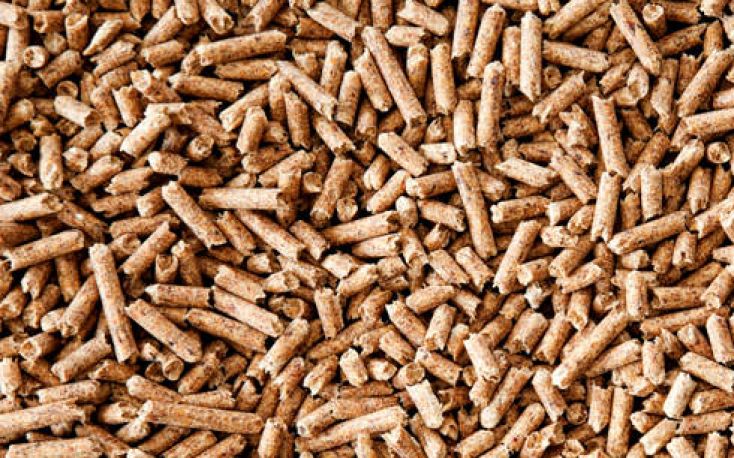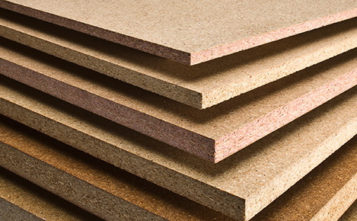Russia’s wood pellet industry will continue to increase production and exports in response to growing demand from European countries.
The country produced 1.4 million metric tons of wood pellets in 2018, up 4 percent from the previous year. Growth was modest when compared to the 30 percent increase in production experienced between 2016 and 2017. Between January and July of 2019, Rosstat (Russian Statistics Office) reported that wood pellet production reached 766,000 tons, up 121 percent when compared to the same period of 2018.
However these statistics may not be entirely accurate. “Industry sources…indicate that production statistics or wood pellets by Rosstat primarily capture large-capacity factories, while mid-sized and smaller facilities, which operate as part of larger mills, do not report their production,” the report states, noting that actual wood pellet production in Russia is estimated to be closer to 1.8 million metric tons per year.
Russia exported a record 1.511 million metric tons of wood pellets in 2018, according to the report. Approximately 94 percent of that volume went to customers in the EU-28. Leading export destinations included Denmark, Sweden, Italy and the U.K. That export level makes Russia the third largest supplier of wood pellets to the EU, after the U.S. and Canada.
Russian exporters of wood pellets, since 2017, have been eligible for government support that helps cover transportation costs. Industry sources estimate that approximately half of the 3 billion rubles ($48.96 million) allocated by the Russian government in 2018 for the support of exporters engaged in deep wood processing covered up to 80 percent of the exporters’ transportation costs. Experts believe that this measure will stimulate further expansion of the development of wood pellet producers, which is currently export oriented.
Domestic consumption of wood pellets in Russia is estimated at 335,000 tons for 2019. Domestic demand for wood pellets is expected to remain low as there are currently no economic or legislative drivers in Russia that would support significant growth in domestic consumption of wood.









Leave a Reply